Toyota's Fuel-Sipping Estima And Alphard Hybrid Minivans - Off Limits For US
Americans have seen a number of Toyota and Lexus hybrids introduced in recent years, and more will follow, but a couple of efficient hybrid minivans the company has for over a decade kept away from U.S. shores are the Estima (in front) and Alphard (following).
A couple weeks ago we were given a rare opportunity to drive these vehicles – complete with right-side drive and infotainment icons and voice prompts in Japanese.
Both share the same platform and are powered by an all-wheel-drive Hybrid Synergy Drive system that on the generous Japanese test cycle nets as high as 44 mpg.
In the U.S. one could only guess how they’d perform on the EPA cycle but they’d likely do significantly better than Toyota’s 3.5-liter V6-powered AWD Sienna non-hybrid which nets 19 mpg combined or even Honda’s class-leading 22 mpg Odyssey.
Toyota’s luxurious Japan-market vehicles are roomy and comfortable for seven or eight passengers and presented a novel driving experience. These were true Japanese cars and as deluxe editions with practically every option, we were thinking surely Americans would buy them but Toyota has no plans for the U.S.
Why? Toyota’s communications rep Maurice Durand says it would not be easy to introduce cars developed for Japan and other markets and Toyota does not think enough Americans would go for them for what it might have to charge. Federalizing them would be costly, Toyota believes they’re smaller than Americans would want, and they would compete against the Sienna. What’s more, weight added could negate some or most of their efficiency, suggested Durand.
Size-wise, the Sienna is: 200.2-inches long, 78.2-inches wide, 68.9-inches high, and wheelbase is 119 inches. The Estima is 188.8-inches long, 70.9-inches wide, 68.9-inches high, and wheelbase is 116.1 inches. The Alphard is 191-inches long, 72-inches wide, 75-inches high, and wheelbase is also 116.1 inches.
If these hybrids really would not sell well enough, that’s too bad, as they are some neat vehicles that “if only” they could just brought in they could conceivably create a new sub-niche – efficient minivans.
Presently in America this is an oxymoron because Americans are believed to prefer options open to carry everything in their multi-passenger vehicles, so lighter more frugal offerings the Japanese are partial to remain off limits here.
Estima Hybrid
Launched in June 2000, the Estima Hybrid is an evolved version of what the U.S. got until 1997 as the conventionally powered Previa minivan.
It saw a redesign in 2006 and facelift again in 2012 and has become all the more modernistic and somewhat aggressive appearing on the outside, with the interior engineered to include many creature comforts and convenience features.
This was especially true of the Aeras version Toyota brought in which had a practically Lexus-grade interior with plush burgundy carpet accenting tastefully against the black and grey tones of the finely upholstered perforated leather interior.
Even if it’s smaller than the Sienna by a bit – and smaller than the Alphard as well – leg room is abundant in the front and middle row, if a bit tight in the third row.
Power is by Toyota’s 2.4-liter “E-Four” hybrid system with all-wheel drive. This is similar to the 2.7-liter in the Lexus RX 400h but a generation behind, notes Durand.
The HSD system utilizes a rear-mounted, rear-wheel-propelling electric motor that distributes electric power to all four wheels.
It puts out a reported 187 system horsepower routed through a CVT transmission.
Get up and go is acceptable and transitions between gas and electric power are as smooth as we’ve come to expect on other HSD-equipped Toyotas.
On the handling course and highway, the vehicle is competent as minivans go. A high center of gravity means this is no autocrosser, and cornering is not as deft as sportier versions of crossover utility vehicles, but this is about comfortable travel, not carving arcs.
And it’s about maximum economy and while it might net mid to upper 30s or better, at present Toyota offers hybrids of a different variety instead, such as the Highlander Hybrid rated at 28 mpg.
Alphard Hybrid
First launched in July 2002, the Alphard shares the same powertrain and is classified as “full size” in Japan.
Being smaller than the more-powerful Sienna, it’s closer to a working definition of “minvan” than the maxi-mini varieties Americans get including the Honda Odyssey and Chrysler Town & Country.
Variants of this vehicle have included a “Royal Lounge” version in 2006 and on the current iteration, a “Vellfire” version with youth appeal aesthetics is offered.
(Note also the funky Japan-market extra bi-way mirrors ahead of the regular mirrors.)
This executive-class vehicle could make a great corporate limo, and includes full infotainment and Lexus-grade comforts.
It weighs an estimated 4,200 pounds, about 300 less than the Sienna. Acceleration and handling are on par with the Estima, and it too offers a smooth and quiet ride.
American Choices
We’ve seen inquiries on enthusiast sites expressing interest for these contraband minivans.
While we’ve not looked into it, a company called Batfa does list both for export from Japan – the Estima Hybrid starts $at 48,800 plus shipping and the Alphard Hybrid starts at $51,000 plus shipping.
However you’d be on your own with non-federalized cars, so the words “buyer beware” apply in triplicate for this potential option.
More practically speaking, the U.S. has smaller cars approaching minivan stature, like the Toyota Prius v or Ford C-Max Hybrid. Beyond these, automakers skip right over to larger crossovers or larger mini and even full-sized vans – if fuel economy really is low on your priority list.
Is there a market in the U.S. for hybrid minivans that might net upwards of high-30s or better with careful driving? Absolutely, but Toyota does not think it’s big enough, nor for that matter do we see any other automaker coming to the plate.
Among hybrid sellers, Toyota is the acknowledged market leader however, and we think if anyone could do it, certainly it could if the will was there.
Until then, if ever, hopefully you can be contented with the pictures.
Become an AutoGuide insider. Get the latest from the automotive world first by subscribing to our newsletter here.
More by Jeff Cobb



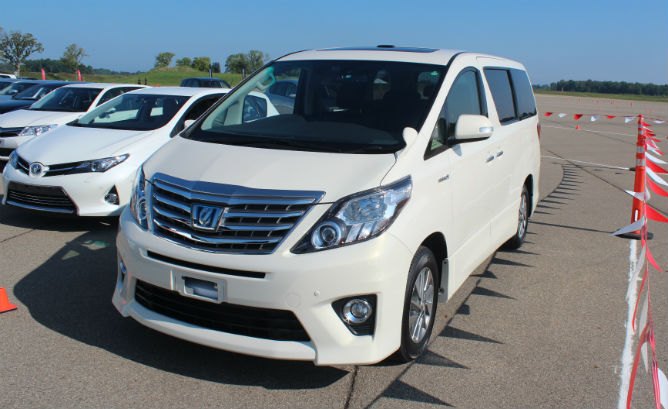






















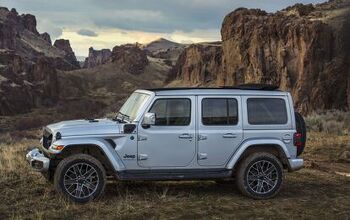




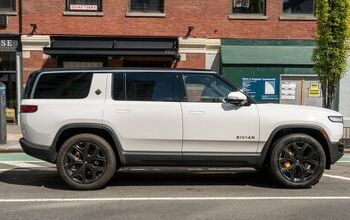


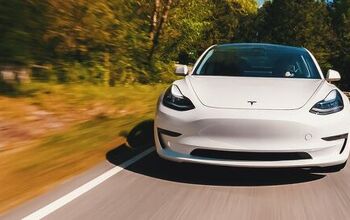
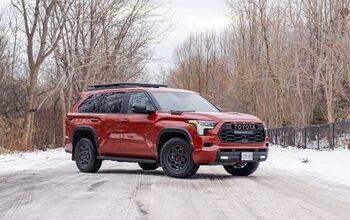

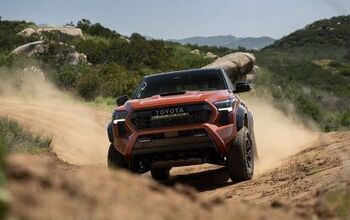

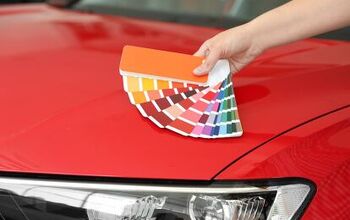

Comments
Join the conversation